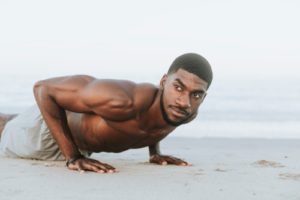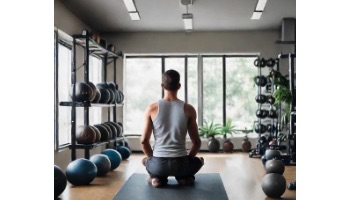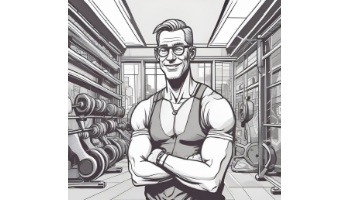 For movement to happen correctly, the right muscles have to be able to do the right job. In today’s sedentary world, that can be disrupted. Here are three common ways that the wrong muscles do the wrong work and how to fix it.
For movement to happen correctly, the right muscles have to be able to do the right job. In today’s sedentary world, that can be disrupted. Here are three common ways that the wrong muscles do the wrong work and how to fix it.
Biceps Vs. Back Muscles
The muscles of the back, particularly the traps and lats, are very large and powerful. Whenever you are pulling, as with rows, chin ups, or lat pull downs, those muscles should doing the bulk of the work. They are the primary pullers, known as the “prime movers.” Due to poor posture many people can struggle to use those muscles effectively, meaning their pulling strength is not what it could be. Moreover, this movement error can lead to increased stress on the biceps tendon and lead to pain and injury 1.
To fix this problem, work on your posture in general and then your form during the exercises. You want to open up your chest and make sure your shoulder blades are moving freely so that your back muscles can work to their full capacity.
Deltoids Vs. Pecs
In pushing exercises, like push ups and bench press, the pecs should be doing most of the work with assistance from the deltoids and the triceps. Again, due to poor posture, many people have trouble getting the maximum from the chest and end up relying too much on the deltoids and triceps, which can lead to shoulder or elbow discomfort.
The fix for this is, once again, posture and form. Work on opening up the chest and freeing up the shoulder blades. When you do your pushes, there should be a nice spreading of the chest happening.
Leg Muscles Separately Vs. Leg Muscles Together
This one is slightly different, but the same general idea. Since weight lifting is heavily influenced by body building we often divide leg exercises into quad exercises, hamstring exercises, glute exercises, and so on. This is not the way to go. Leg muscles should be working synergistically most of the time, meaning they work together to create an effect that is greater than they could accomplish alone.2 For example, a squat should work all the leg muscles together—the glutes and hamstrings for hip extension, the quads for knee extension, the adductors and abductors for stability (and some assistance with other things), the calves for ankle motions and stabilization.* If an exercise like squats feels like it is all quads, then you’re missing out.
Fixing this is really learning to do big movements with good form. Learn how to do a full squat and a proper deadlift first, then move on to other exercises like lunges, step ups, etc.
* There is a lot more going on with all these muscles and some others than just what I have listed here, but you get the idea: they are all doing lots of stuff together.


